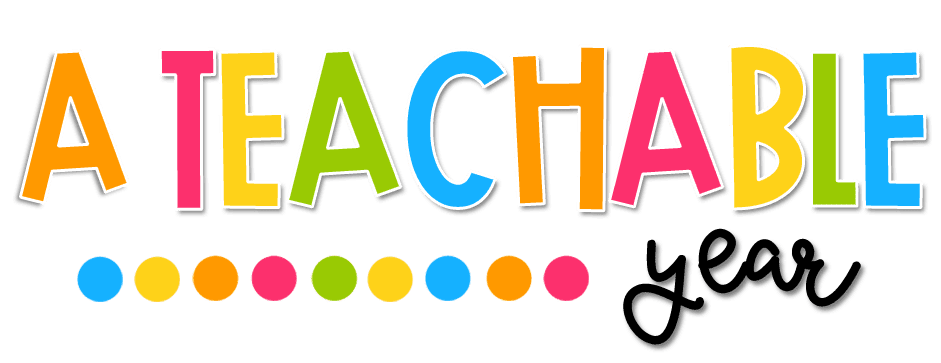In today's world, understanding and appreciating diverse cultures is essential. ESL (English as a Second Language) classrooms provide a unique opportunity to introduce students to countries around the globe while enhancing their language skills. By incorporating engaging activities and interactive lessons, educators can spark curiosity and foster global awareness among their students. In this blog post, we'll explore a variety of innovative ideas and activities for teaching about countries around the world in ESL classrooms, inspiring students to embark on an enriching journey of cultural exploration and language learning.
Country Presentations:
Encourage students to research and prepare presentations about different countries. Assign each student or group a specific country to investigate, focusing on key aspects such as geography, culture, language, traditions, and landmarks. Students can create multimedia presentations, posters, or brochures to showcase their findings to the class. This activity not only promotes research and presentation skills but also exposes students to a diverse array of cultures and countries.
Cultural Cuisine Day:
Host a cultural cuisine day where students bring in traditional dishes from various countries. Encourage students to share the origins of their dishes and any cultural significance associated with them. As students sample different foods, facilitate discussions about culinary traditions, ingredients, and dining customs from around the world. This hands-on activity provides a delicious way to explore cultural diversity while practicing vocabulary related to food and cooking.
Virtual Tours:
Take students on virtual tours of famous landmarks and attractions from different countries. Utilize online resources such as virtual reality apps, interactive websites, or multimedia presentations to transport students to iconic destinations like the Eiffel Tower in France, the Great Wall of China, or the Taj Mahal in India. After each virtual tour, engage students in discussions about what they observed, encouraging them to describe the landmarks and share their impressions.
Pen Pal Exchange:
Facilitate a pen pal exchange program where students correspond with peers from other countries. Partner with ESL classrooms or schools in different countries to establish pen pal connections. Students can exchange letters, emails, or digital messages to learn about each other's cultures, lifestyles, and daily routines. This activity not only enhances writing and communication skills but also fosters cross-cultural understanding and friendship building.
Cultural Celebrations:
Celebrate cultural holidays and festivals from around the world in the ESL classroom. Research and explore traditions associated with holidays such as Chinese New Year, Diwali, Ramadan, or Carnival. Invite students to participate in activities such as making traditional crafts, learning festive songs and dances, or reenacting cultural rituals. By immersing students in multicultural celebrations, educators can promote empathy, tolerance, and appreciation for diverse cultural practices.
Language Exchange Partnerships:
Establish language exchange partnerships between students learning English and native speakers of other languages. Encourage students to practice conversational English with their language exchange partners while learning about each other's cultures and languages. This reciprocal learning experience provides an opportunity for authentic language practice and cultural exchange, fostering mutual respect and appreciation for linguistic diversity.
World Flags and Maps:
Introduce students to world flags and maps to familiarize them with the geography and symbolism of different countries. Display flags from around the world in the classroom and encourage students to identify and learn about each flag's colors, patterns, and meanings. Provide maps and atlases for students to explore and locate countries, continents, and geographical features. Engage students in map-related activities such as labeling countries, tracing routes, or planning imaginary travel itineraries.
Cultural Storytelling:
Explore folktales, myths, and legends from diverse cultures through storytelling activities. Select stories from different countries and cultures and read them aloud to the class. Encourage students to retell the stories in their own words, incorporating elements of drama, role-play, or creative writing. Discuss the themes, morals, and cultural significance of each story, highlighting commonalities and differences across cultures.







No comments
Post a Comment
Thanks for your comment!